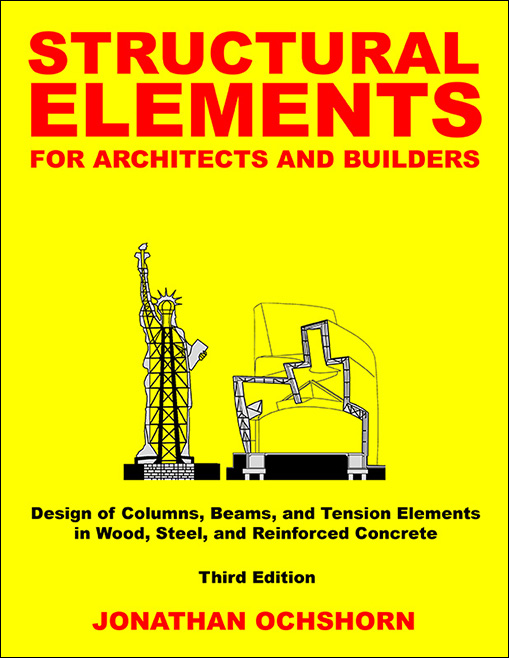
Jonathan Ochshorn
© 2009 Jonathan Ochshorn.
Directions: Enter values for loads and their positions on any nodes of the truss, using any consistent units. To eliminate a load, set its magnitude to zero. Refer to the diagrams for variable names and node numbering schemes. For example, use ft for distances; use either lb or kip units for loads; the reactions will be in either lb or kips, depending on your choice. Vertical loads are assumed to act in a downward direction, with vertical reactions acting in an upward direction. Upward-acting loads should be entered as negative numbers; a negative vertical reaction indicates that its direction is actually downward-acting rather than upward-acting. Similarly, horizontal loads are assumed to act from left to right, while the horizontal reaction, Ha, is also assumed to act from left to right, as shown in Fig. 1.
The truss geometry may be varied by specifying the overall length, height, and number of panels. Reactions may be placed at any node, as long as they do not align vertically. Note that nodes are numbered from left to right, with odd numbers along the top chord and even numbers along the bottom chord. A maximum of 8 truss "panels" may be used. Four types of trusses may be selected: Howe, Pratt, Warren, and Warren with verticals.
To find a bar force, enter the node numbers of the bar under "Bar force calculation." Units correspond to those used for the loads, with positive values indicating tension and negative values indicating compression.
Press "update" button.
More detailed explanations and examples can be found in my text.

Disclaimer: This calculator is not intended to be used for the design of actual structures, but only for schematic (preliminary) understanding of structural design principles. For the design of an actual structure, a competent professional should be consulted.
First posted June 19, 2009 | Last updated June 24, 2009